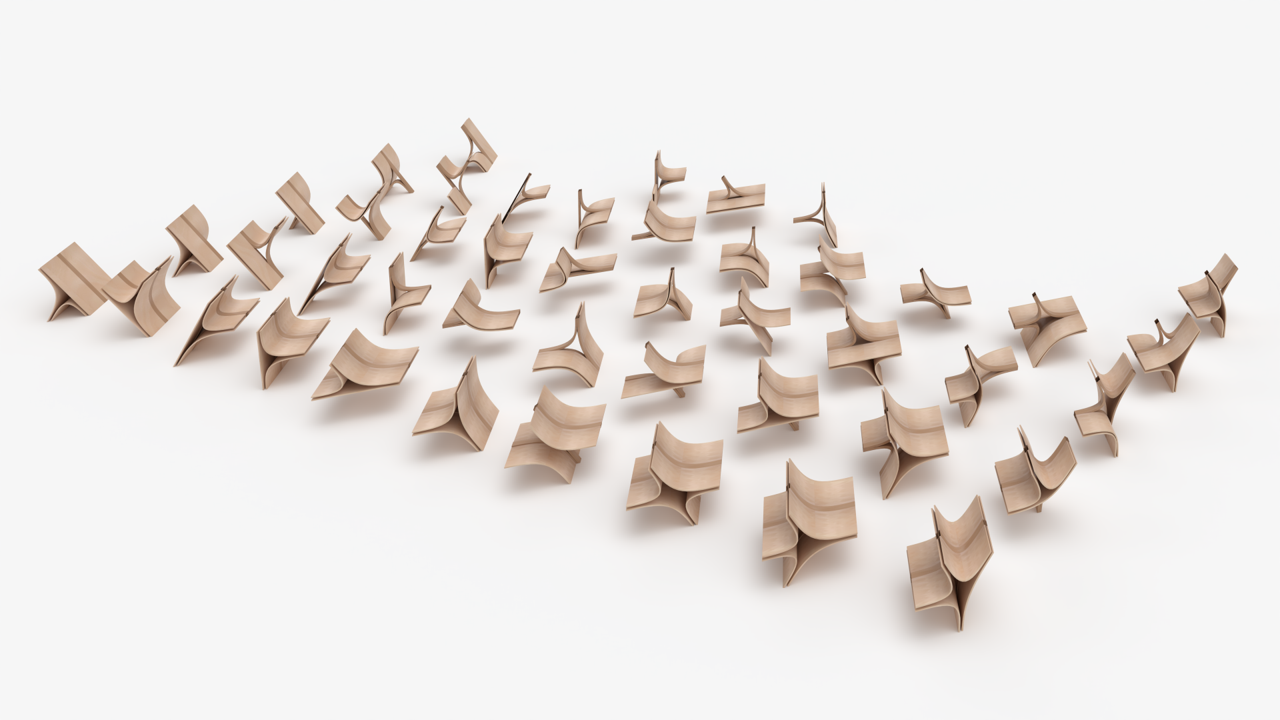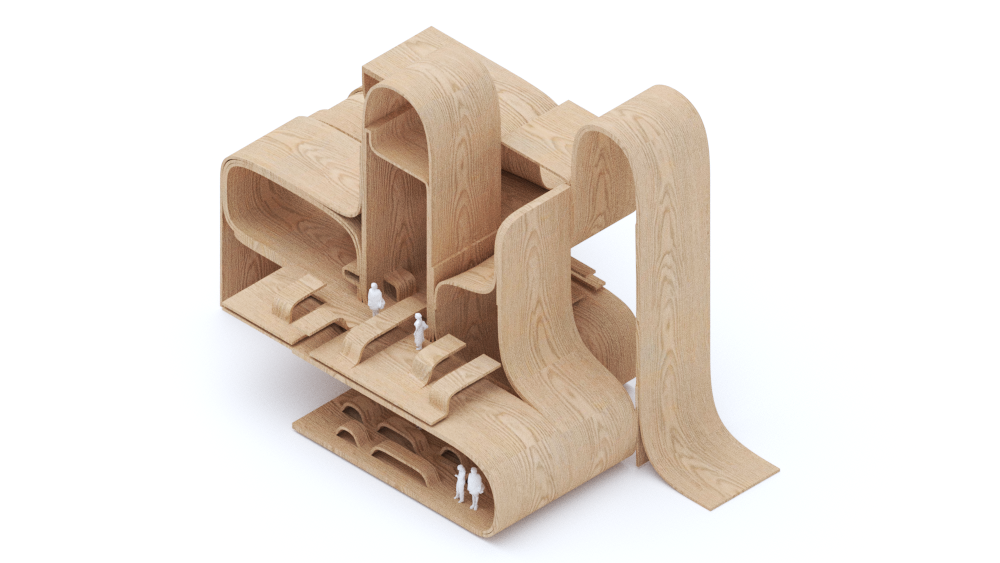polis
Studio Shajay Bhooshan / Alicia Nahmad Vasquez
Team Sultan Almutairi, Hazel Simay Ozrenk, Pavlos Symianakis
Polis does not rely on simple dichotomies; planned or unplanned, formal or informal, bottom-up or top-down. Instead, its community is a holistic, self-organising system that adapts to and blends in any existing urban fabric. Such a complex urban system should be in constant search for equilibrium – much like its inhabitants – rather than being represented by an unmalleable plan. In that search for equilibrium, any attuning parameters influence spatial, social, economic, environmental, and cultural sub-systems. In Polis, we attempt to achieve coherence in both the spatial structure but also the social organisation, changing the inhabitants of the system from passive users to active, influential ones with significant impact on their community. Through a game/negotiating platform, we try to democratise the urban behaviour and development, introducing a people-centric self-organising urban system.
This game has two modes: the developer and the citizen mode. In the former, the developers buy lands with Polis tokens and they customise the parcels selected with the assets of the Library. The assets of the parcel depend on its location and position on the grid. On the other hand, there exist 3 stages in the citizen mode. Players can bid developments; therefore, there would be no financial limitation for investment. That creates an opportunity for everyone to own something based on their budget participating in Fractional Ownership schemes. Second, players may join existing events whereas renting is an option to organise their own events. Finally, they can experience virtually created city-simulation conditions where they are part of the decision-making process.
The design of a sustainable urban system demands the consideration of the fabrication methods, material supply and usage, and the impact on the surrounding environment. Our research explores and incorporates novel architectural geometries and fabrication methods for delivering efficient and customisable construction, which attempts to minimise the environmental impact from the overall production line – transportation, fabrication, and assembly.















